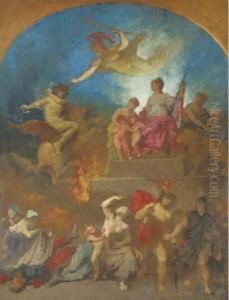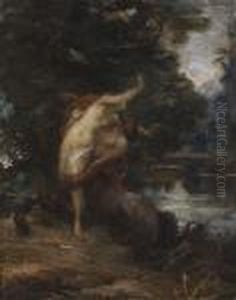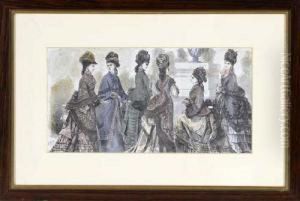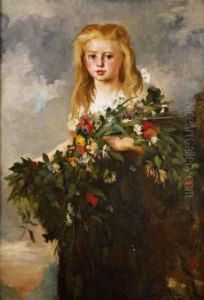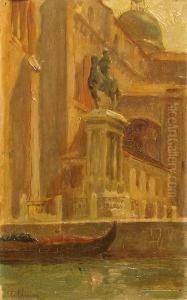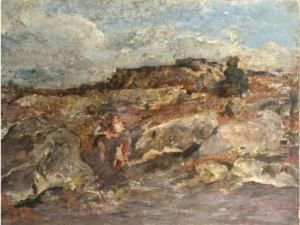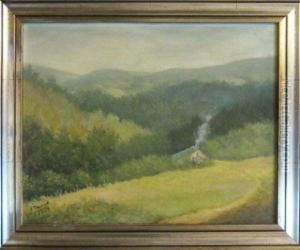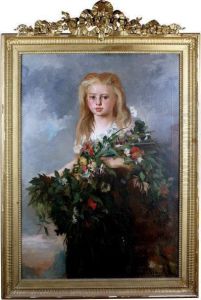Eugene Thirion Paintings
Eugène Thirion was a French painter born on August 23, 1839, in the small town of Blâmont, in the northeastern part of France. He was known for his historical and genre paintings, as well as his ability to capture the essence of the subjects he portrayed. Thirion began his artistic education at the École des Beaux-Arts in Paris, where he studied under renowned artists such as Alexandre Cabanel and François-Édouard Picot. His classical training provided him with a solid foundation in the techniques of fine art painting, which he later applied to his own work.
During his career, Thirion became associated with the academic art movement, which emphasized a highly polished technique and often dealt with historical or mythological subjects. His style was characterized by meticulous attention to detail, a clear and precise use of line, and a rich, yet restrained, color palette. Thirion achieved a level of success and recognition in his time, exhibiting regularly at the Paris Salon, a prestigious annual art exhibition held by the French Academy of Fine Arts.
One of Thirion's most notable works is the painting 'Jeanne d'Arc écoutant les voix' (Joan of Arc Listening to the Voices), which reflects his interest in French history and his ability to convey a sense of narrative and emotion in his paintings. This artwork, like many of his others, showcases his skill in creating lifelike figures and detailed historical settings.
Despite his success, Eugène Thirion remains a somewhat lesser-known figure in the history of 19th-century French painting. This may be due, in part, to the overshadowing influence of impressionism and post-impressionism, which were gaining prominence during his lifetime and which redirected the course of art history away from the academic style that Thirion represented. Nevertheless, his work continues to be appreciated by those with an interest in academic art and French historical painting.
Eugène Thirion passed away in 1910, leaving behind a body of work that, while not widely known today, contributes to the rich tapestry of French art history. His paintings can be seen as a testament to the skills and values of the academic tradition, even as the art world was on the cusp of dramatic change.
